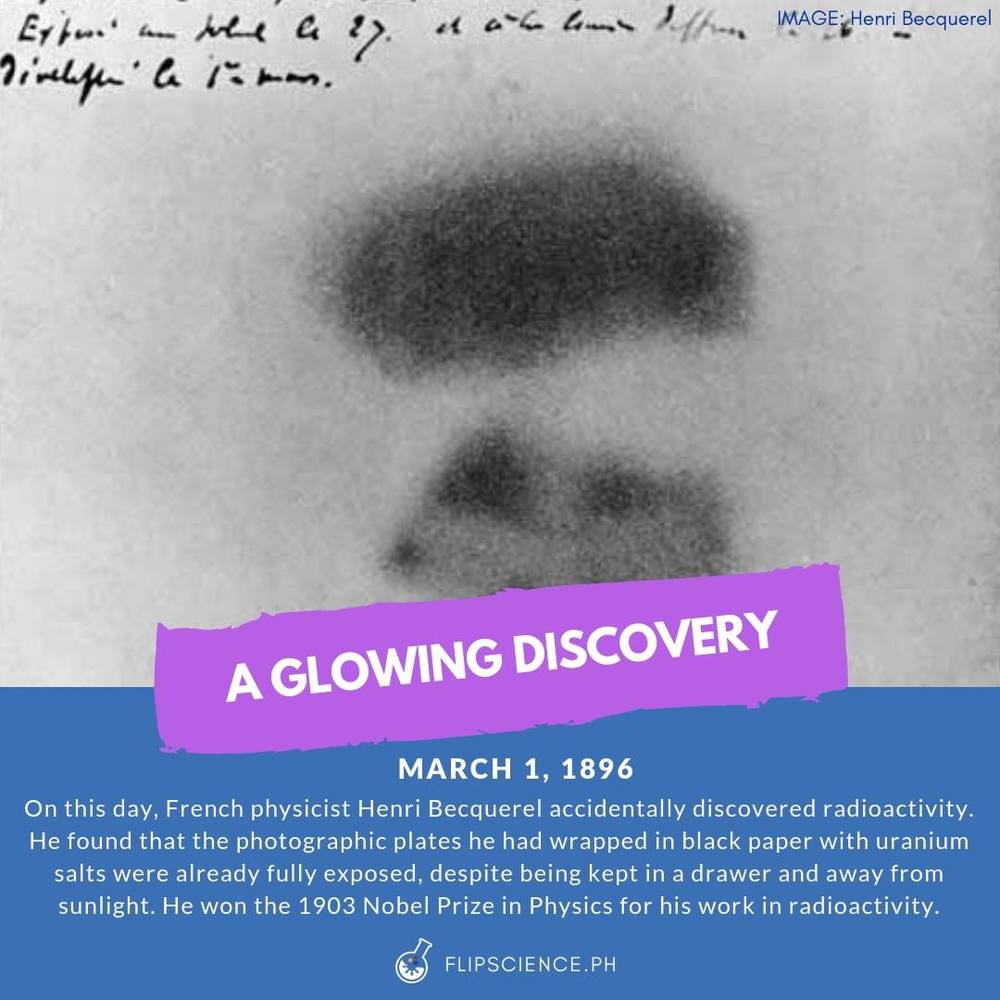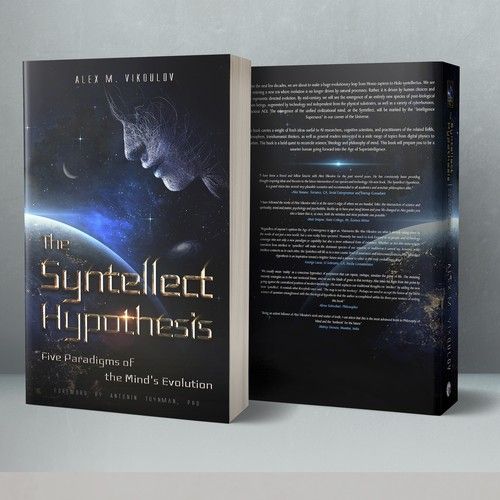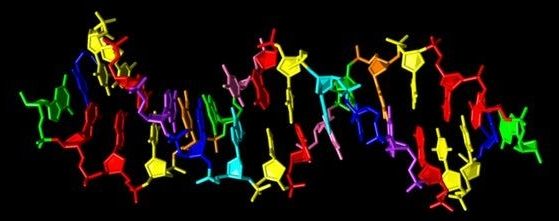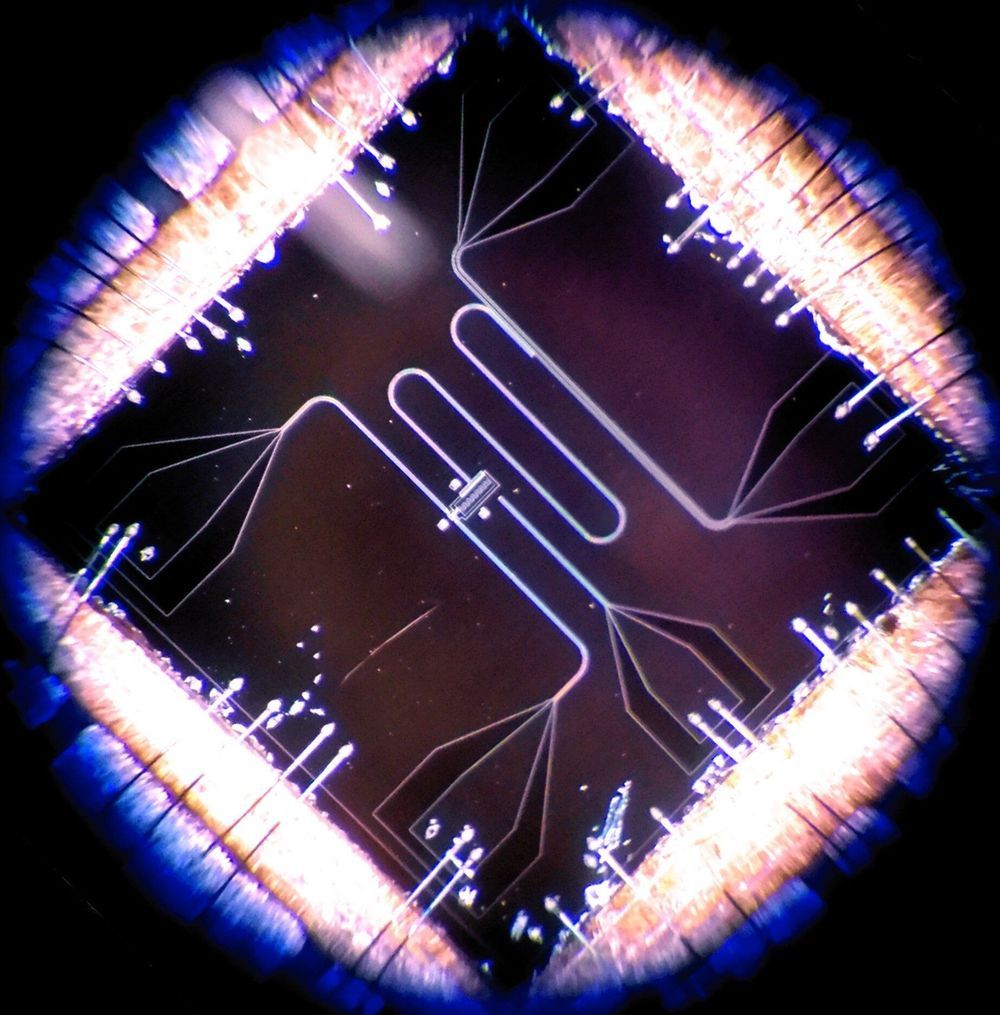Love: The Glue That Holds the Universe Together. “Love contrasts with fear, light with dark, black implies white, self implies other, suffering implies ecstasy, death implies life. We can devise and apprehend something only in terms of what it is not. This is the cosmic binary code: Ying/Yang, True/False, Infinite/Finite, Masculine/Feminine, On/Off, Yes/No… There are really only two opposing forces at play: love as universal integrating force and fear as universal disintegrating force… Like in Conway’s Game of Life information flows along the path of the least resistance influenced by the bigger motivator – either love factor of fear factor (or, rather, their sophisticated gradients like pleasure and pain) – Go or No go. Love and its contrasting opposite fear is what makes us feel alive… Love is recognized self-similarity in the other, a fractal algorithm of the least resistance. And love, as the finest intelligence, is obviously an extreme form of collaboration… collectively ascending to higher love, “becoming one planet of love.” Love is the glue that holds the Universe together…” –Excerpt from ‘The Syntellect Hypothesis: Five Paradigms of the Mind’s Evolution’ by Alex Vikoulov, available now on Amazon.
#SyntellectHypothesis #AlexVikoulov #Love
P.S. Extra For Digitalists: “In this quantum [computational] multiverse the essence of digital IS quantum entanglement. The totality of your digital reality is what your conscious mind implicitly or explicitly chooses to experience out of the infinite -\-\ a cocktail of love response and fear response.”








